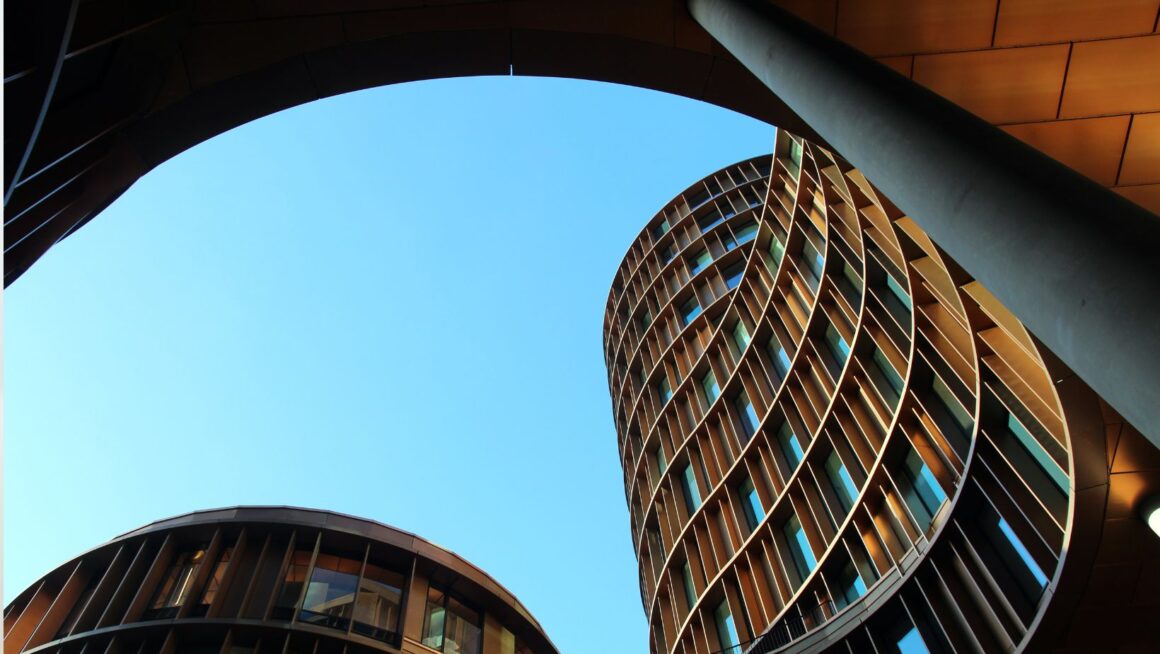Automatic doors have become a crucial component of contemporary architecture and design, balancing enhanced functionality and energy efficiency with a visually appealing look. This integration of form and function improves user experience and supports current sustainability objectives. In today’s post, we’ll delve into the various aspects of automatic doors in contemporary architecture, highlighting their contributions to energy efficiency, functionality, and beauty.
Aesthetic Integration in Contemporary Design:
Modern architecture is characterized by its simplicity, clean lines, and flawless technology and design integration. Automatic doors are a great fit for these concepts because of their streamlined designs and cutting-edge materials. Automatic doors blend in seamlessly with the sleek design of contemporary buildings since they are inconspicuous and frequently have glass panels and subtle framing.
Visual Continuity:
The visual coherence between the outside and inside of a structure is enhanced with automatic doors. Specifically, glass automated doors give the impression of greater space and let natural light flood interior spaces, which improves the overall atmosphere of any place.
Customization and Versatility:
Automatic doors can be tailored by architects and designers to meet certain needs and design motifs. They can be customized with different materials, coatings, and operating mechanisms to fit the desired aesthetic, whether it is for a corporate office with a minimalist design or a five-star hotel.
Brand Image and Perception:
The entryway of a commercial facility is the first point of contact for guests.

Automatic doors give off an air of sophistication, modernity, and attention to detail that enhances the impression that guests have of the company or brand that resides there.
Enhanced Functionality:
The practicality of automated doors in contemporary construction is greatly increased, surpassing their visual appeal. In today’s inclusive, fast-paced culture, ease, accessibility, and safety are critical factors that these doors provide.
Accessibility:
In order to ensure that buildings are accessible to everyone, including those with impairments, automatic doors are a fundamental component of inclusive design. Automatic door installations are a hassle-free way to comply with global requirements such as the Americans with Disabilities Act and other similar standards.
Hygiene and Safety:
Automatic doors reduce physical contact, which slows the spread of pollutants and germs in settings like hospitals and labs where hygiene is crucial. Safety for occupants is further improved by features like emergency exit capabilities and sensor-operated mechanisms.
Traffic Flow Management:
Automatic doors help provide an efficient flow of traffic in high-traffic places like retail centers, airports, and office buildings. These doors can be set up to function in a variety of ways, such as one-way, two-way, or timed access, which will maximize the flow of people and improve the overall operational environment.
Energy Efficiency and Sustainability:
With the growing emphasis on sustainability in architecture, automatic doors are essential for improving a building’s energy efficiency.

They support international efforts to lessen environmental effects by helping to reduce energy use.
Thermal Insulation:
In order to keep inside temperatures stable and prevent drafts, automatic doors frequently have sophisticated sealing systems installed. This capacity for thermal insulation is essential for lowering the energy needed to heat and cool buildings, which results in large energy savings.
Intelligent Operation:
Building management systems (BMS) can be connected with modern automatic doors to improve their functioning based on occupancy and weather conditions. For instance, doors can be kept closed during severe weather to save energy, or they can be opened only when absolutely essential to prevent heat gain or loss.
Regenerative Power Systems:
Certain sophisticated automated doors are outfitted with regenerative power systems, which harvest and repurpose energy produced while the door is operating. The kinetic energy produced by opening and closing the doors is captured by these regenerative power systems, which then transform it into electrical energy that can power other parts of the structure. Through its contribution to the overall decrease in power usage, this innovation significantly improves the energy efficiency of buildings, while lessening their dependency on outside power sources, which will save money and assist the environment.
In Conclusion:
Automatic doors play a variety of roles in contemporary architecture and design that go much beyond simple usability. They improve the buildings’ aesthetic appeal and brand image by being the epitome of modern aesthetics. Their significance in establishing inclusive and effective environments is highlighted by their contribution to traffic flow management, hygiene, and accessibility. Additionally, automatic doors’ advantages in energy efficiency are consistent with the growing focus on sustainability in architecture, which makes them an essential part of contemporary building designs. Adopting automatic doors is not only a trend for architects, designers, and building owners; it is a calculated move that raises the overall usefulness and worth of their buildings. Please feel free to leave a remark with your ideas and experiences with automatic doors in the comments section below.
